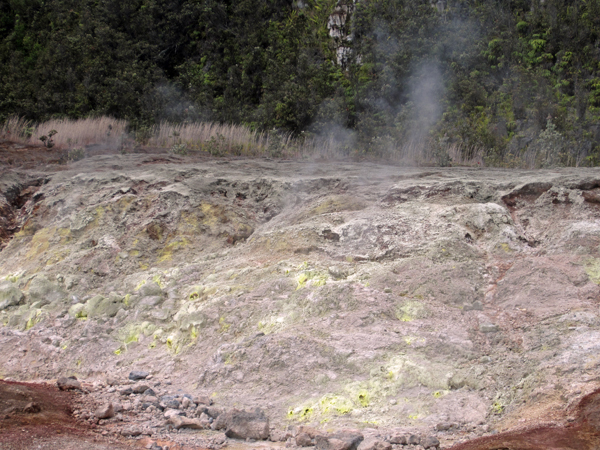
Last week, OPEC decided to maintain oil production at 30 million barrels/day. Robert Rapier comments on the issues involved at his blog Energy Trends Insider:
OPEC Crashed the U.S. Rig Count
By Robert Rapier
June 10, 2015
The OPEC Free Fall
There is a popular narrative going around that I want to address in today’s article. Last November, after several months of plummeting crude oil prices, the Organization of the Petroleum Exporting Countries (OPEC) met to discuss the oil production quotas for each country in the months ahead. Many expected OPEC to cut production in order to shore up crude prices that had been falling since summer. This was the strategy favored by OPEC’s poorer members, as many require oil prices at $100/barrel (bbl) in order to balance government budgets…. Read the rest
Here’s recent background: In the latter half of 2014, oil prices were declining steadily, influenced mostly by large supplies of U.S. shale oil. When OPEC met in November to decide on production quotas, lots of folks expected it to reduce production in order to push oil price higher, but instead the organization decided to maintain market share by maintaining production at 30 million barrels/day. The price of oil dropped from a high of over $100/barrel to mid-$40/barrel. There was lots of speculation as to whether or not shale producers could sustain themselves at $40/barrel. As it turns out, above $70/barrel or so is where shale production increases and below that price it decreases.
Of all the states, Hawai‘i is the most dependent on oil. As soon as oil prices plummeted in November, we knew it would be good for us. The University of Hawai‘i Economic Research Organization (UHERO) has forecasted that Hawai‘i County will have economic growth for the next several years.
So what will happen between now and OPEC’s next meeting? If demand increases, then when oil hits $70/barrel, U.S. shale will start to crank up and that will hold the price around $70. If demand is not sufficient, prices will decline. Either way, it’s good for Hawai‘i.
What about the next OPEC meeting in November? Robert Rapier says that OPEC will probably be dealing with the effect of Iran’s increase in supply if a nuclear deal is made. This means lower price pressure, assuming the world’s political problems remain manageable.
Now if we can find a solution to our liquid transportation problem sooner rather than later, we in Hawai‘i will be well on our way to energy security. Think hydrogen for ground transportation and the Big Island will be in the best possible position to achieve energy security.

